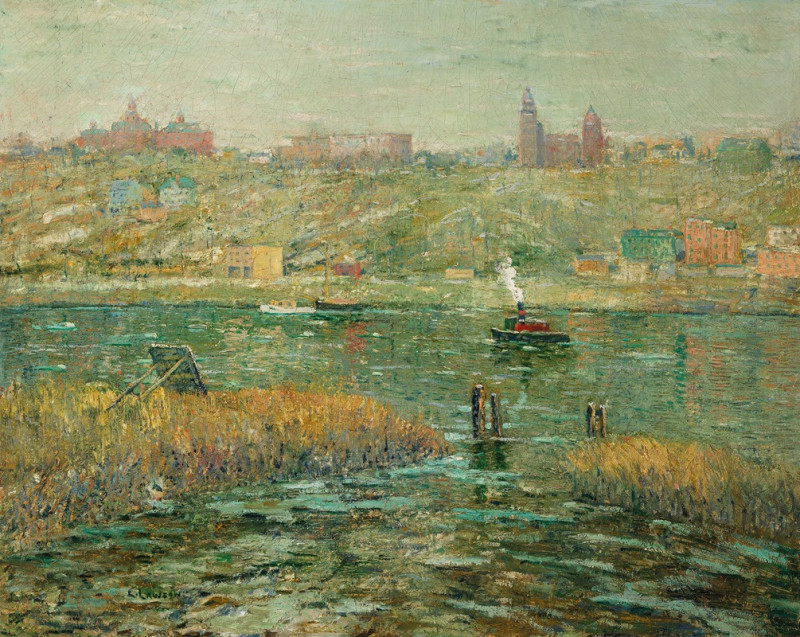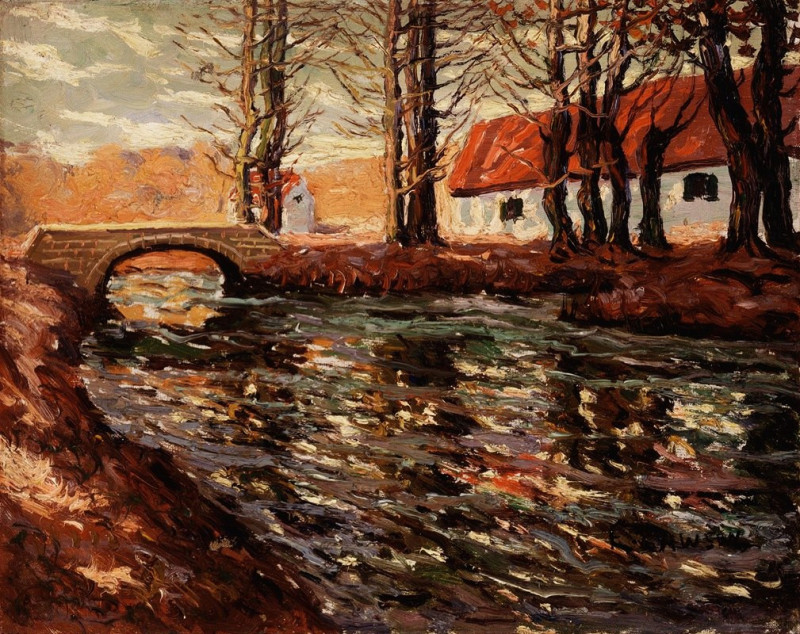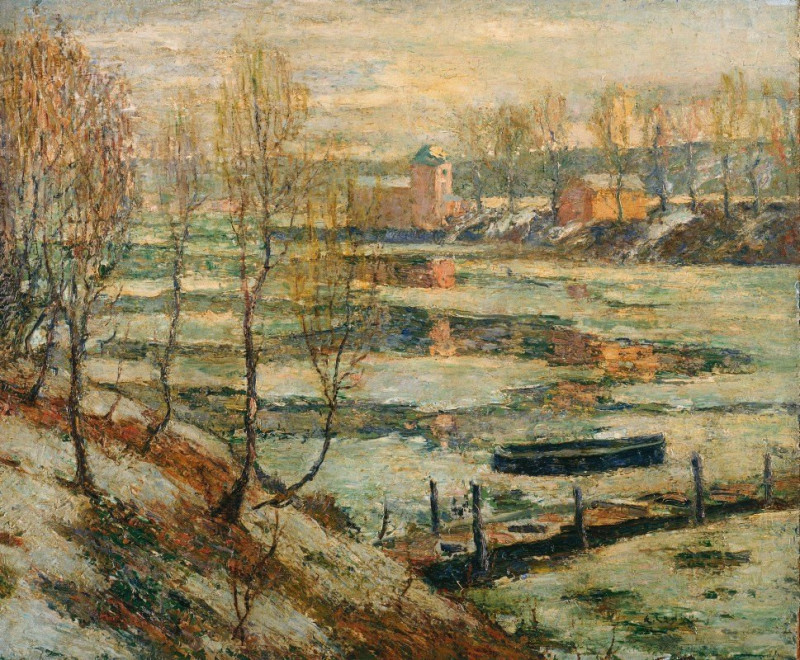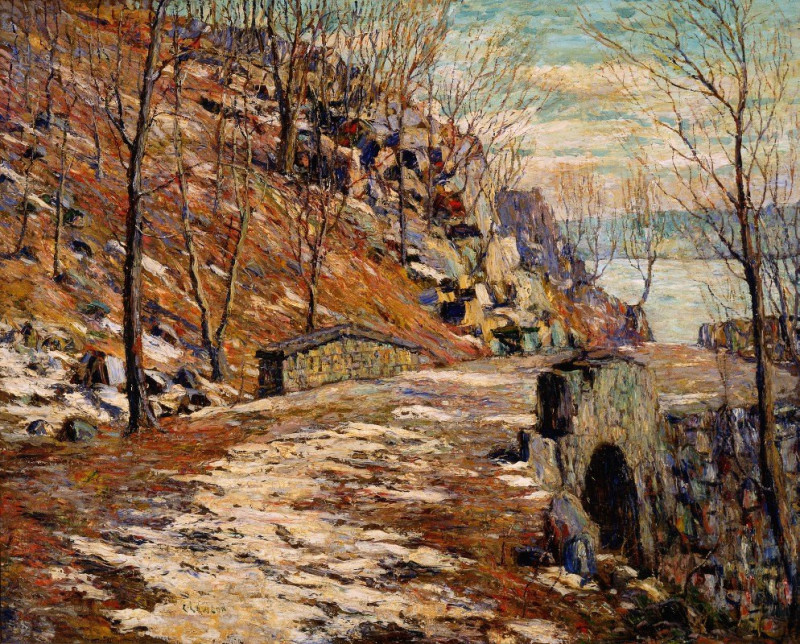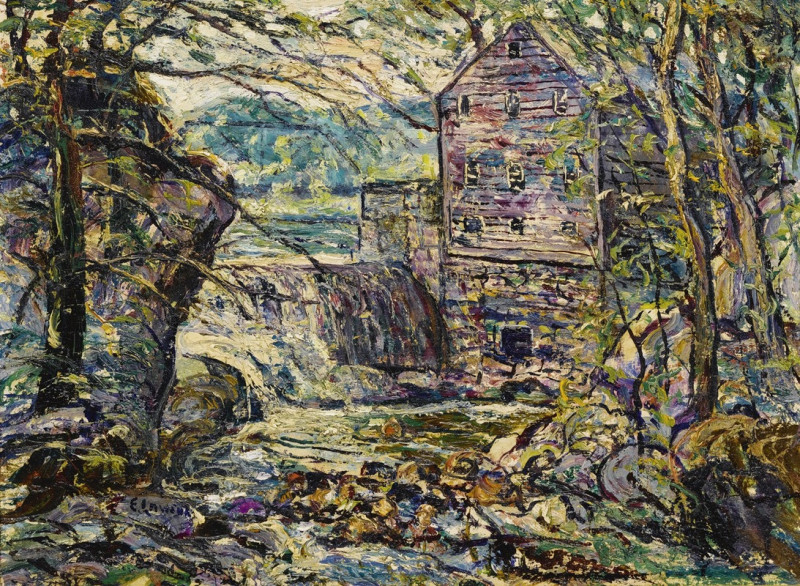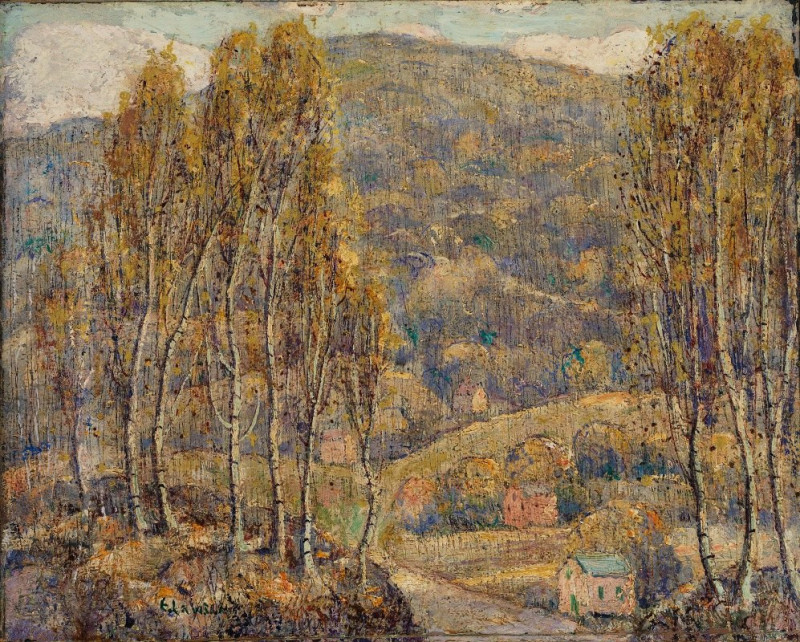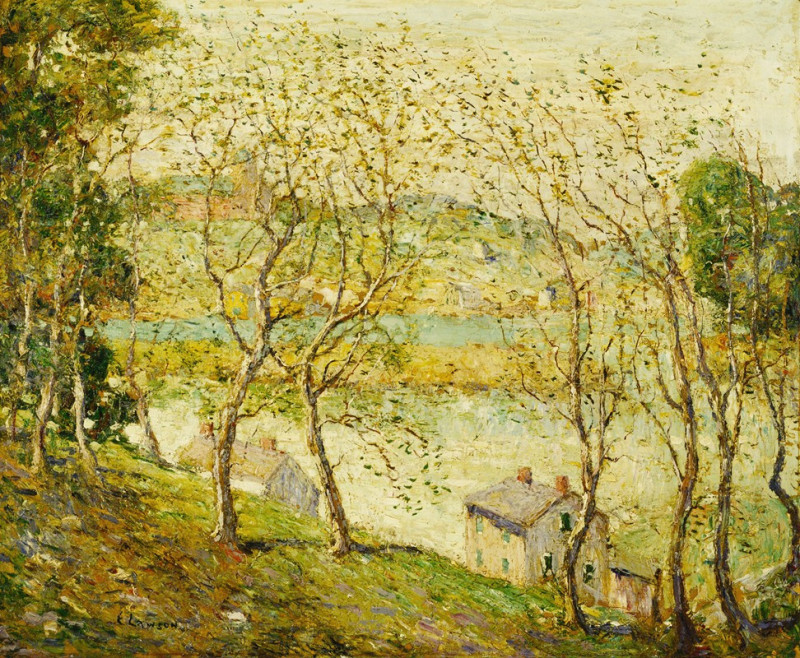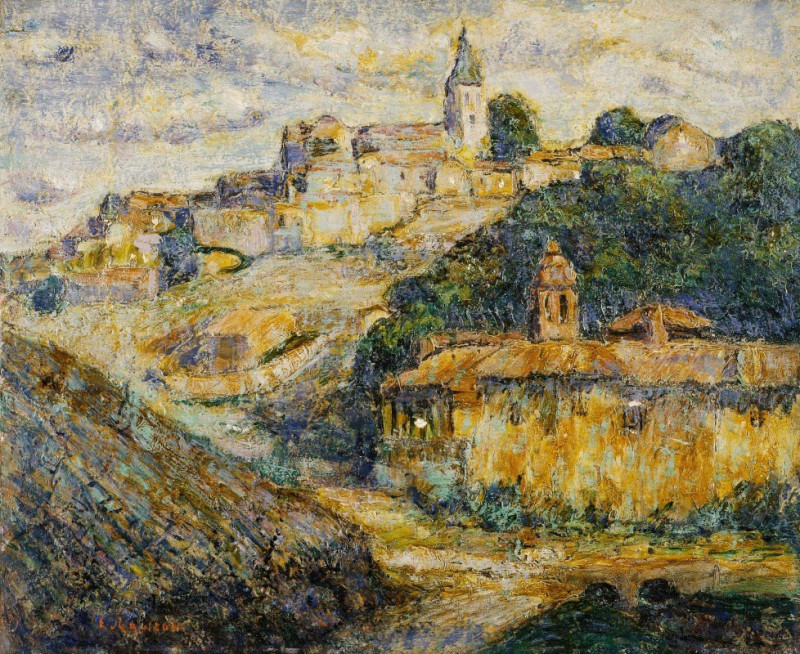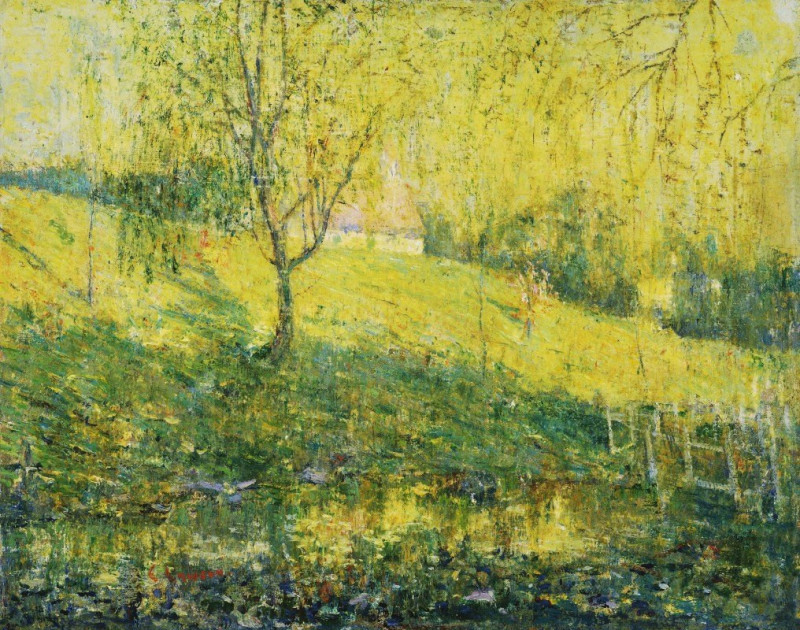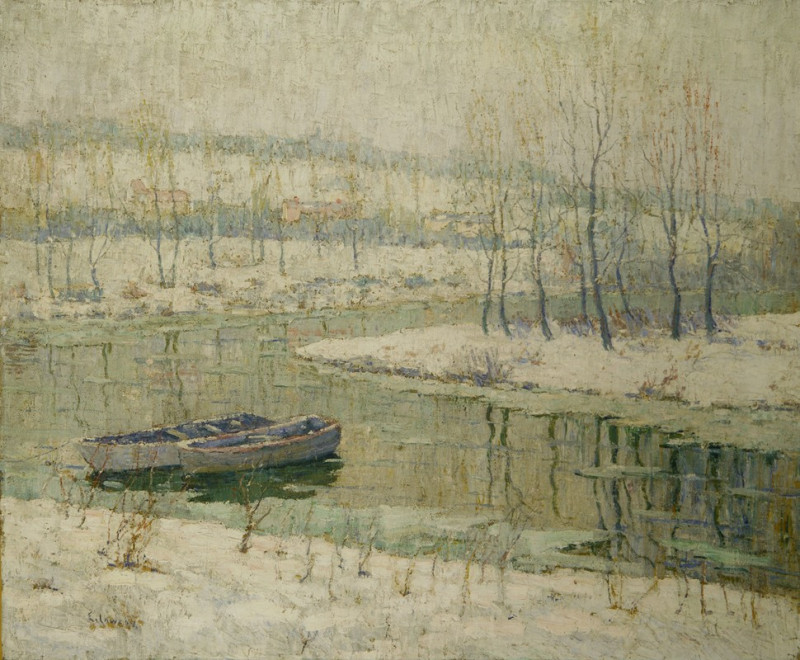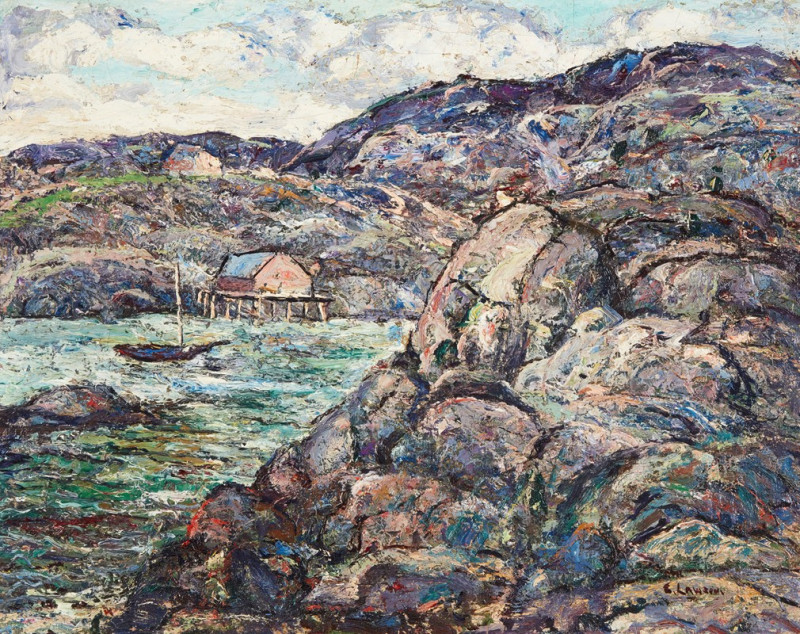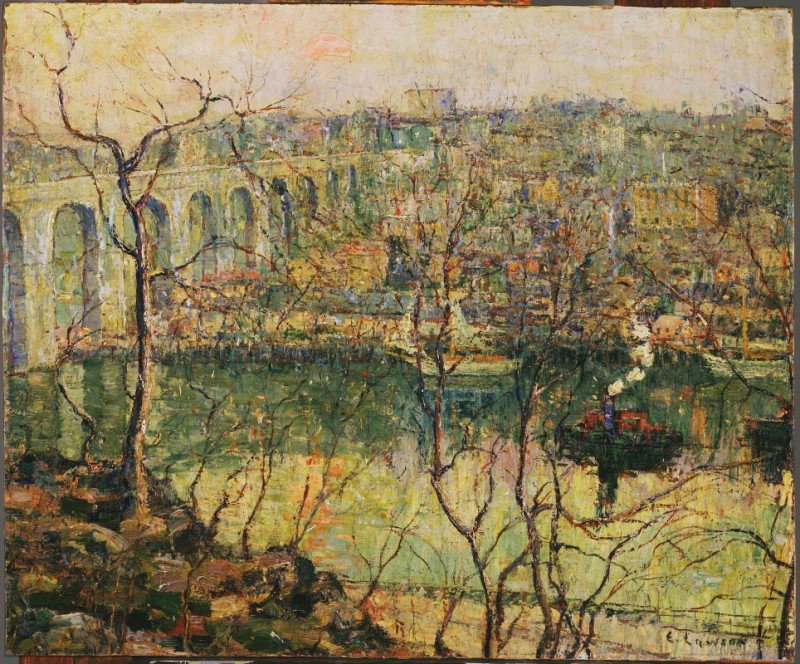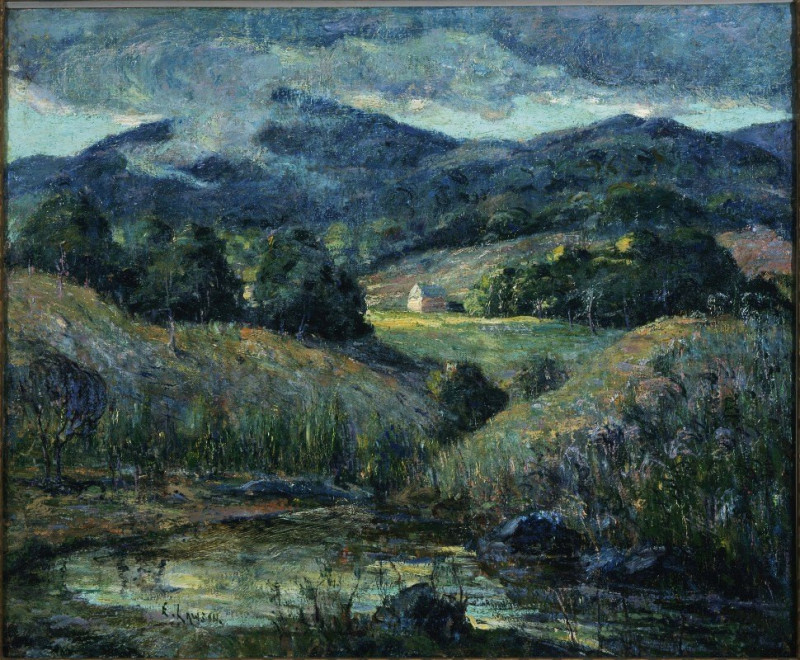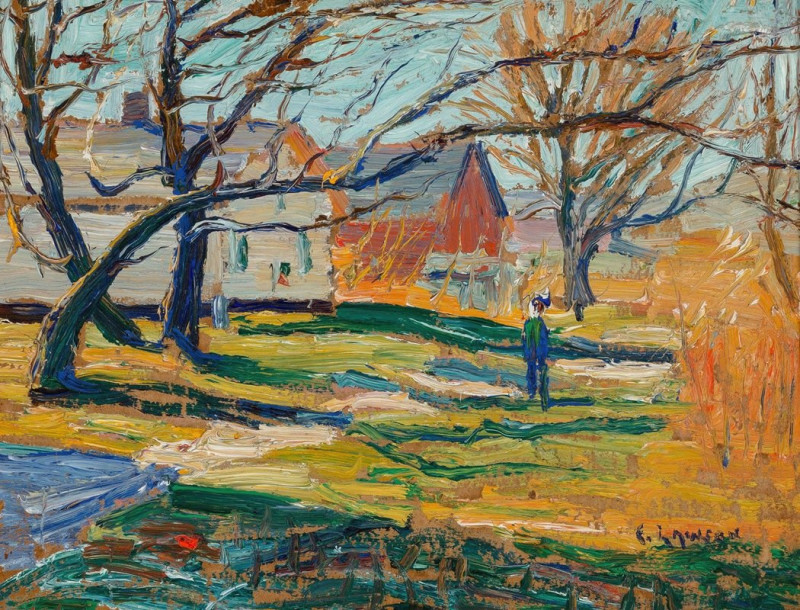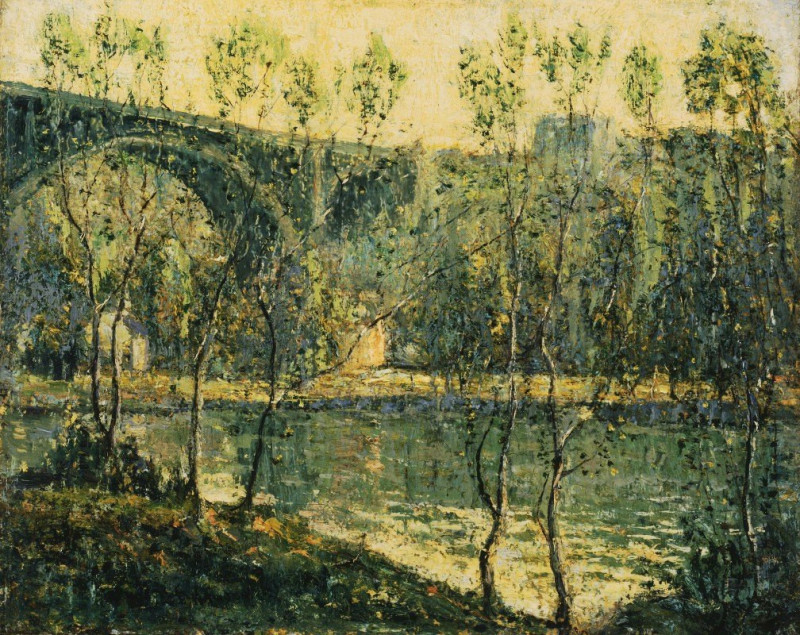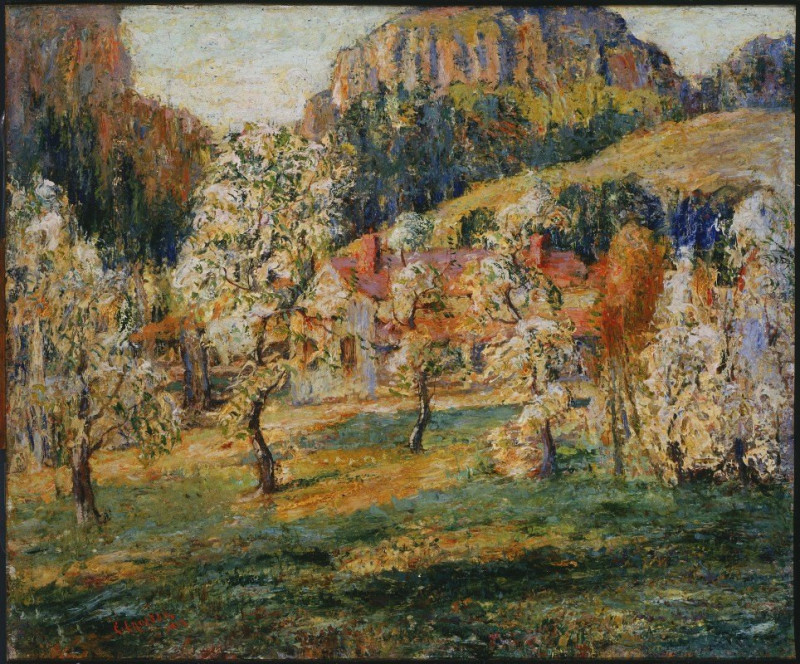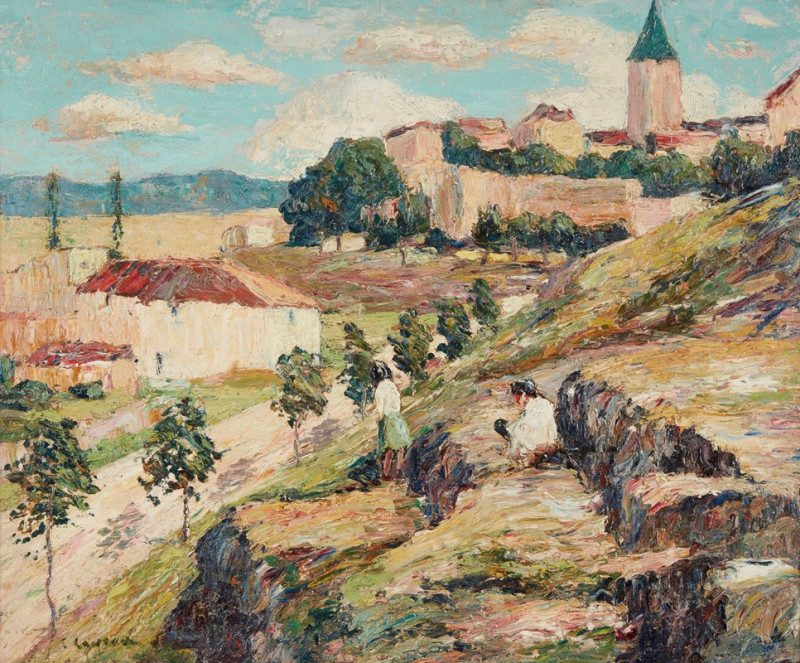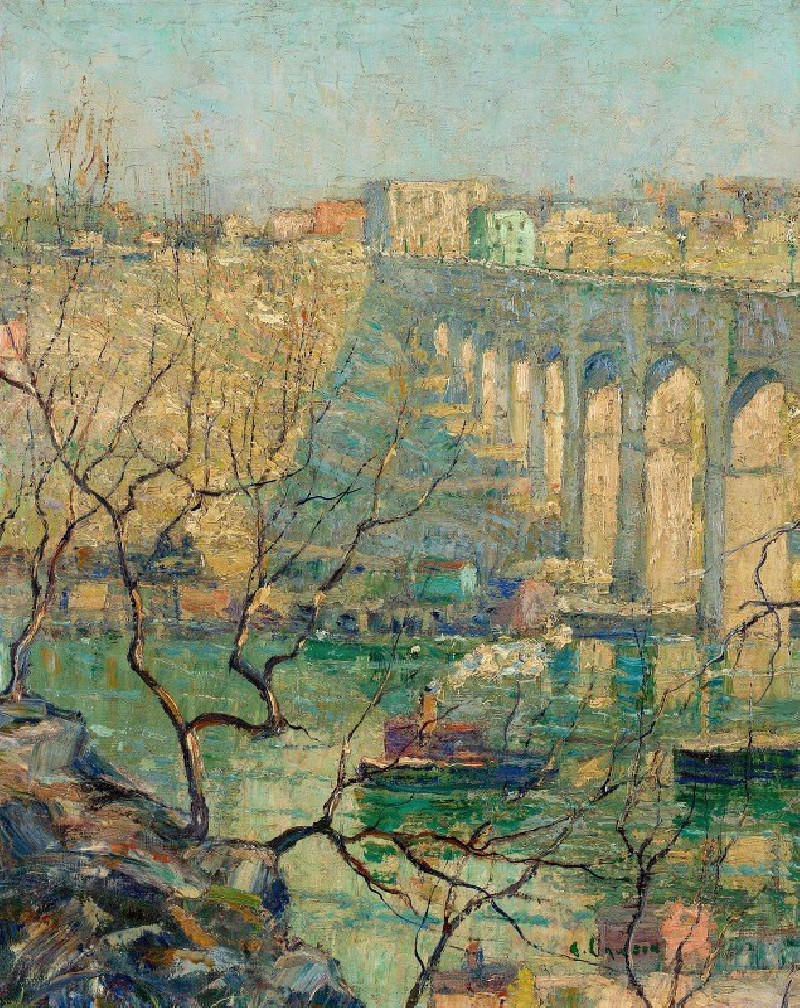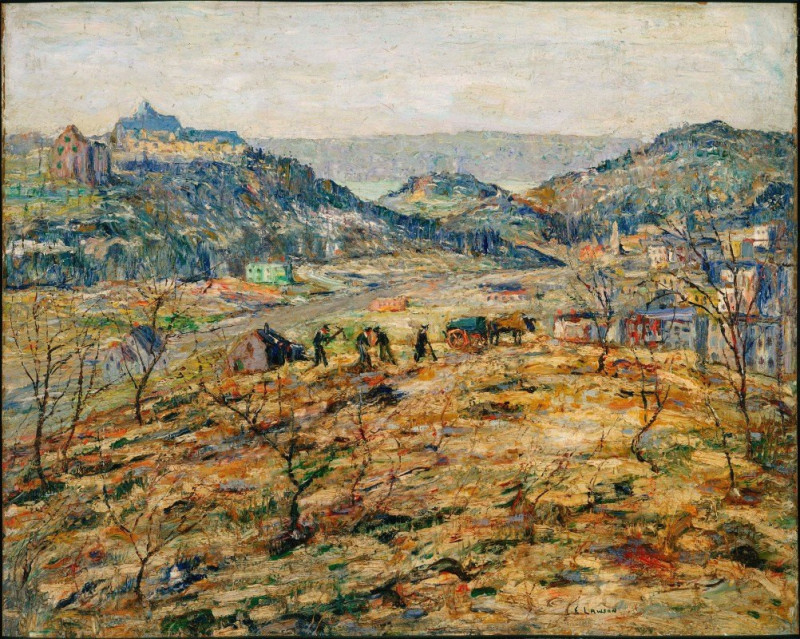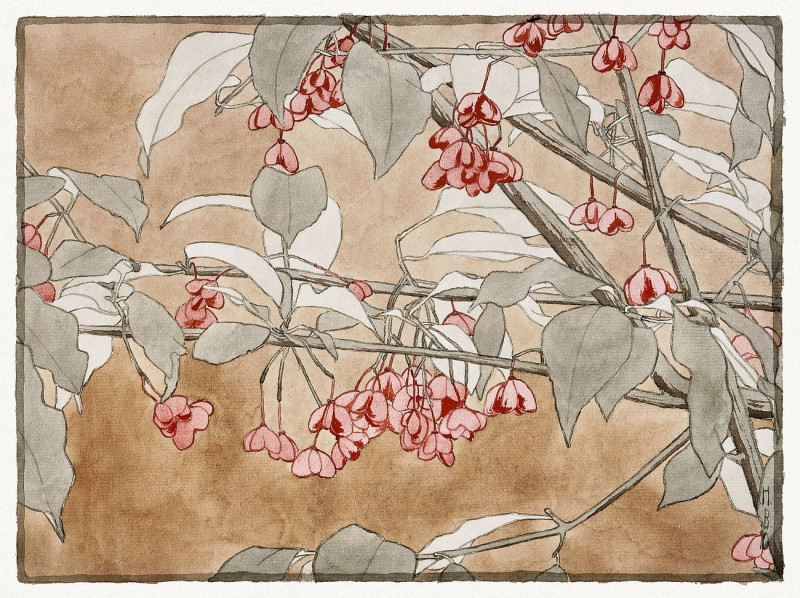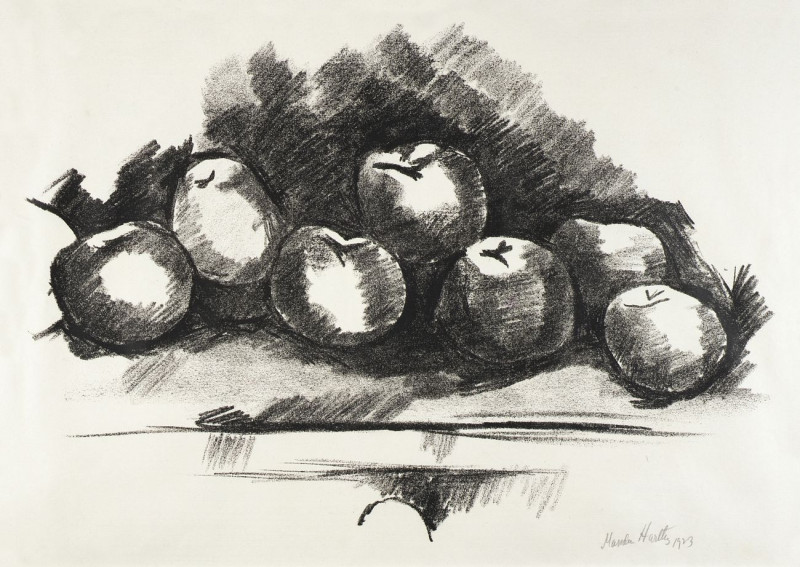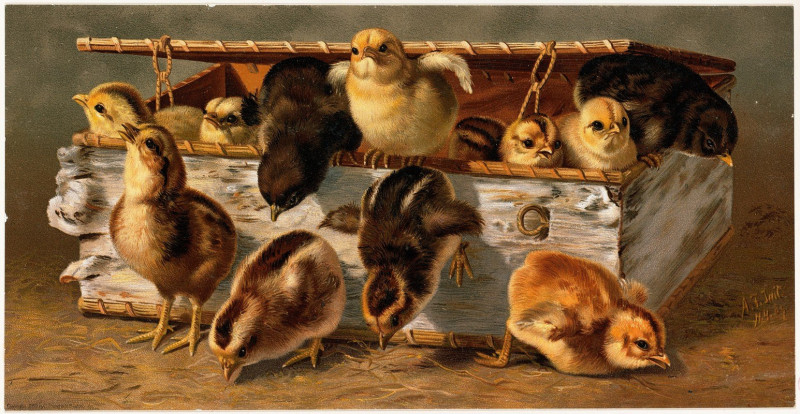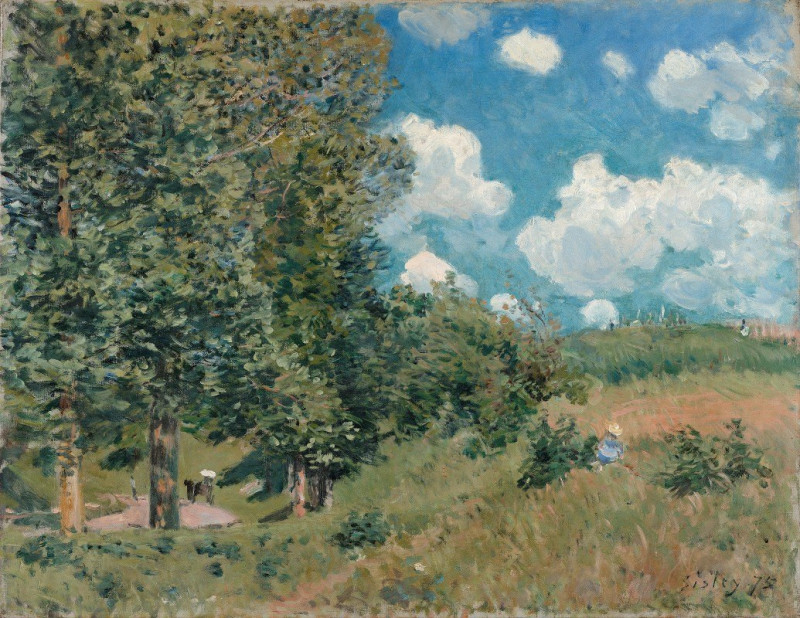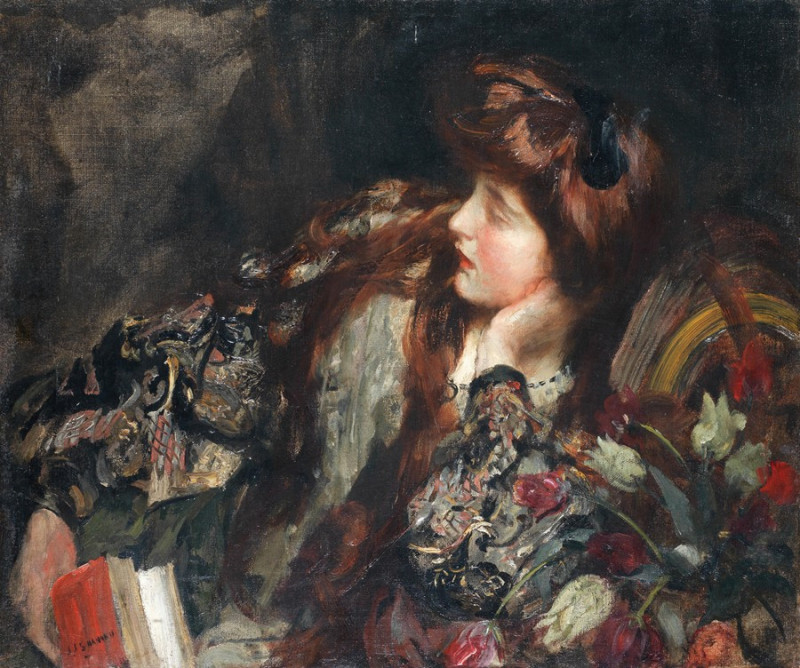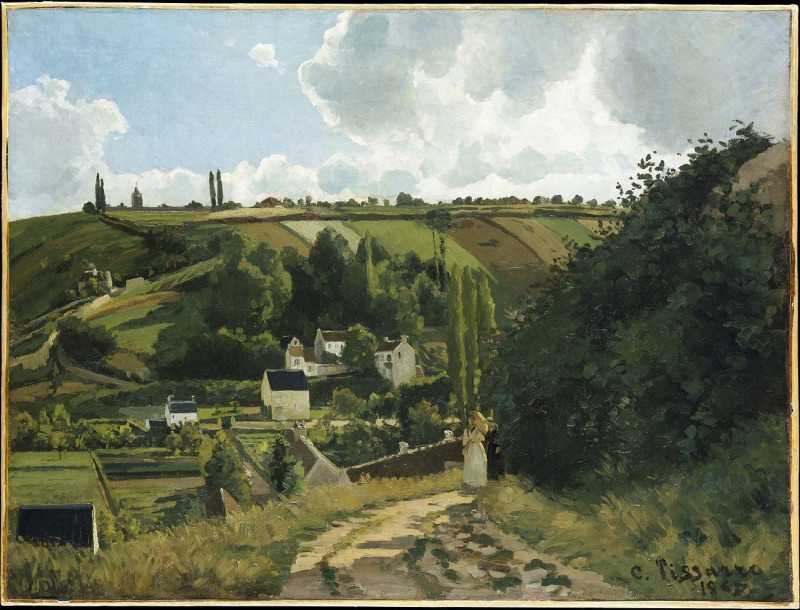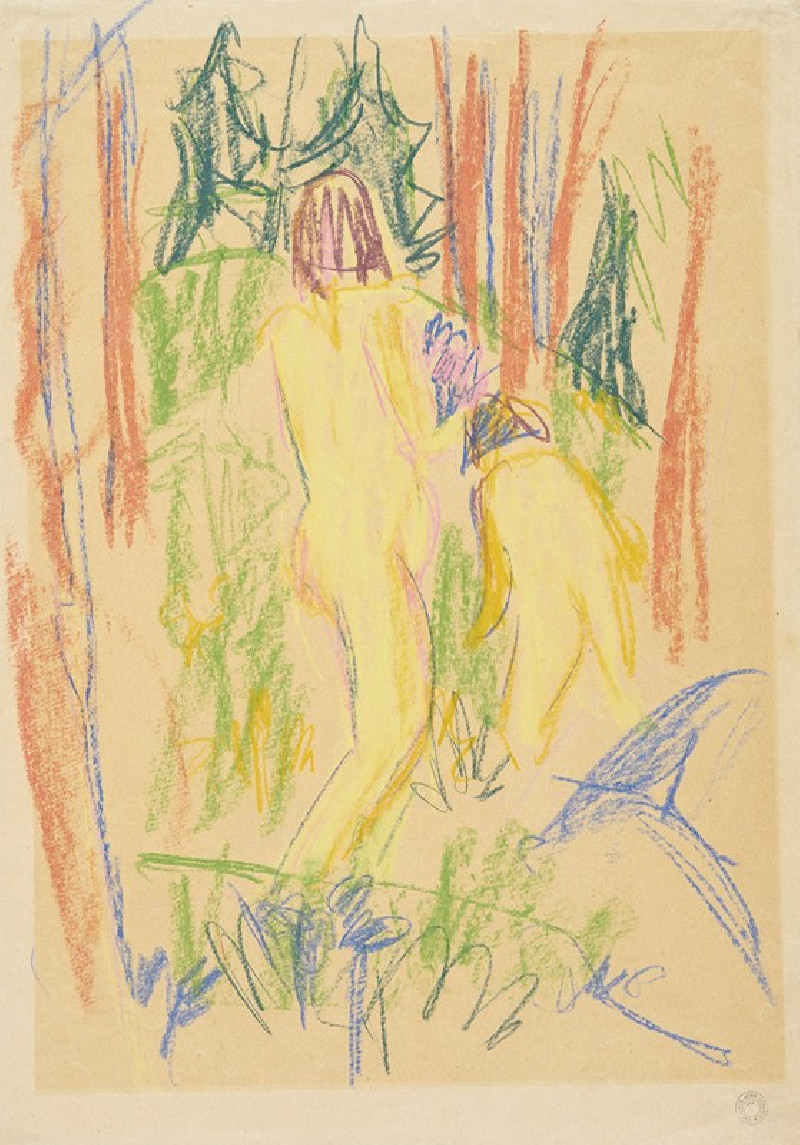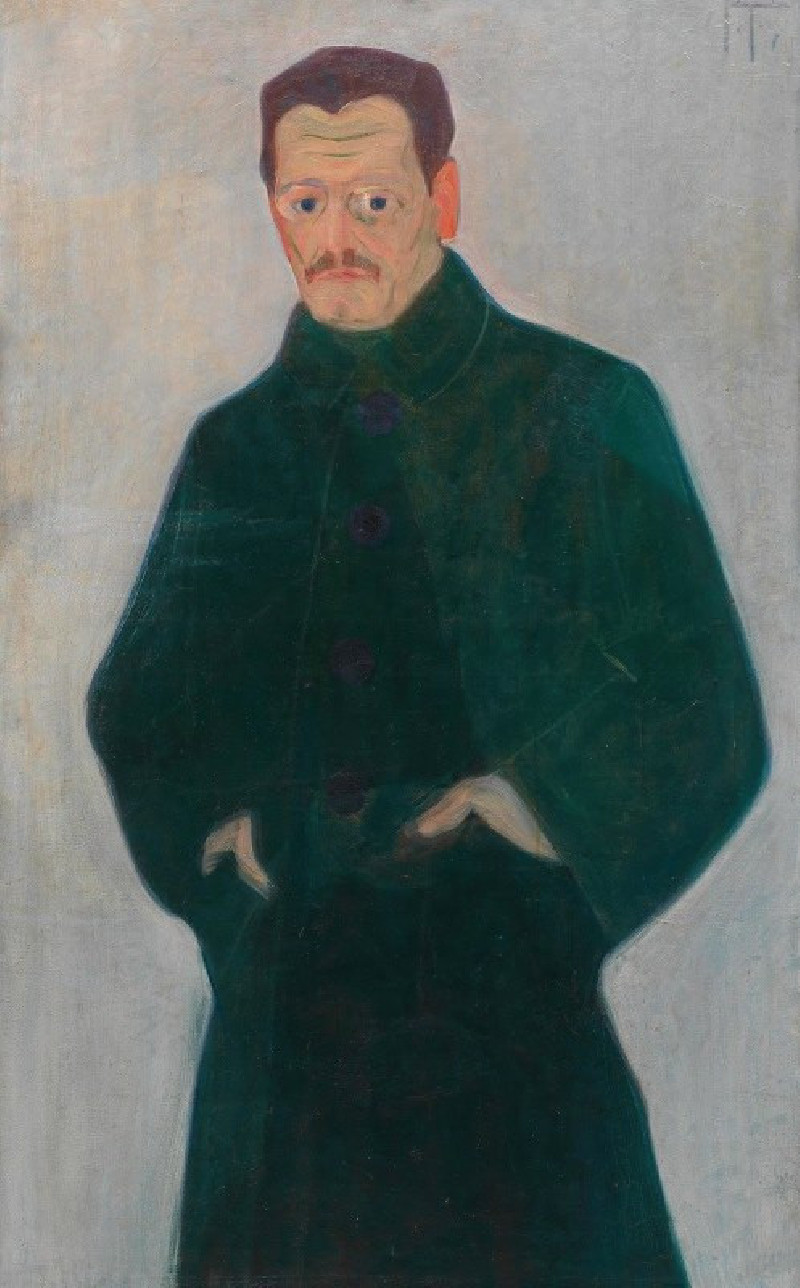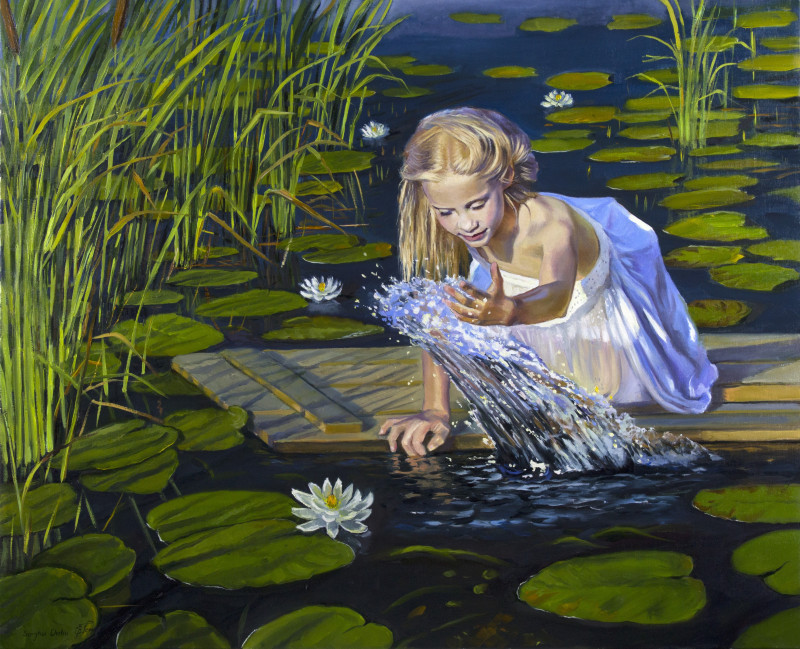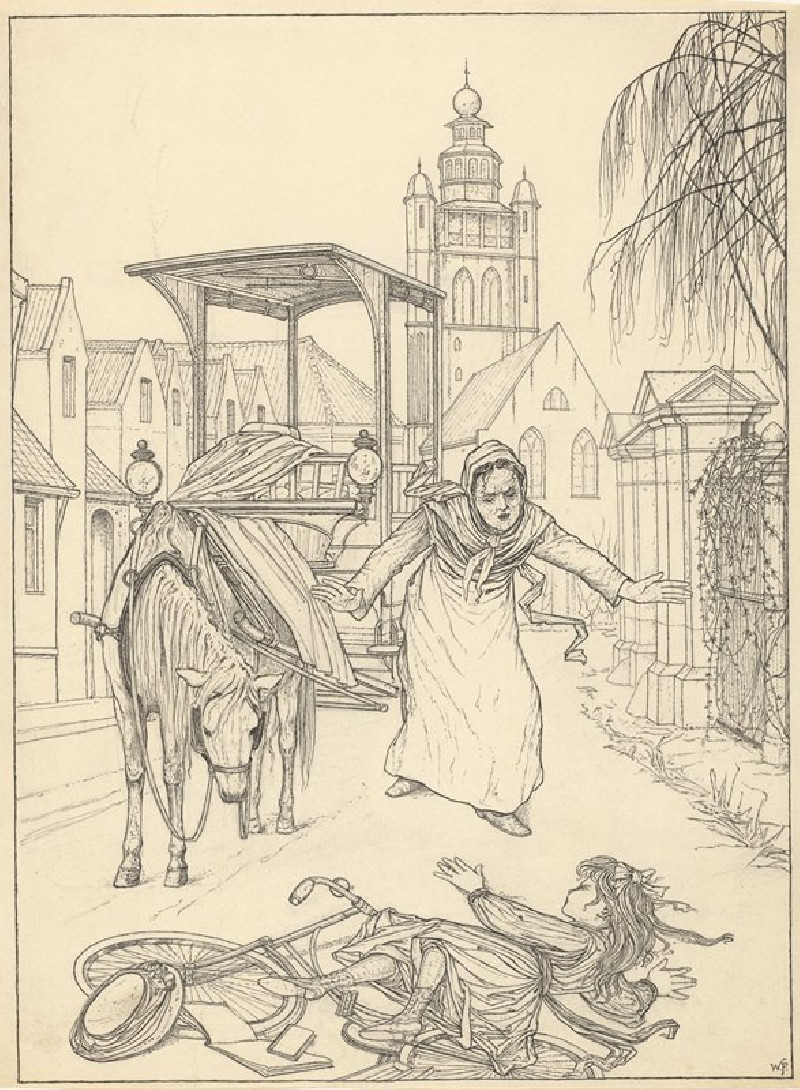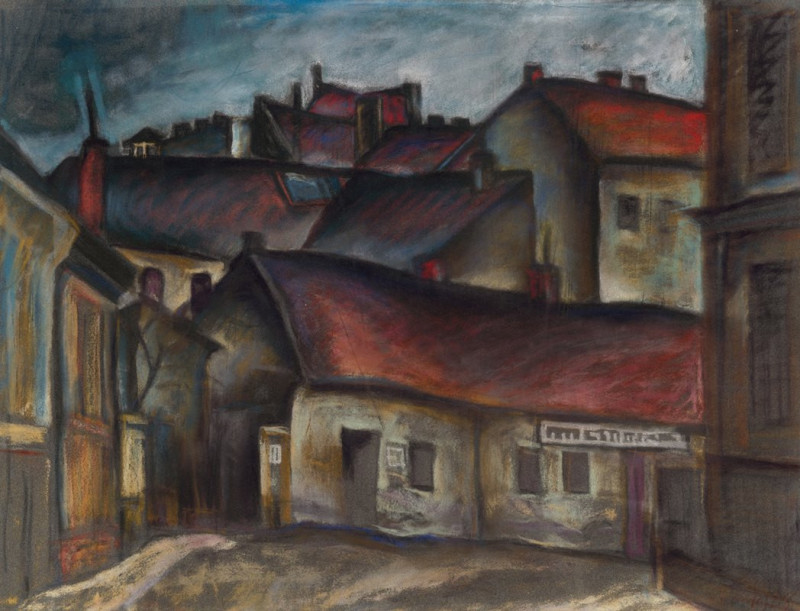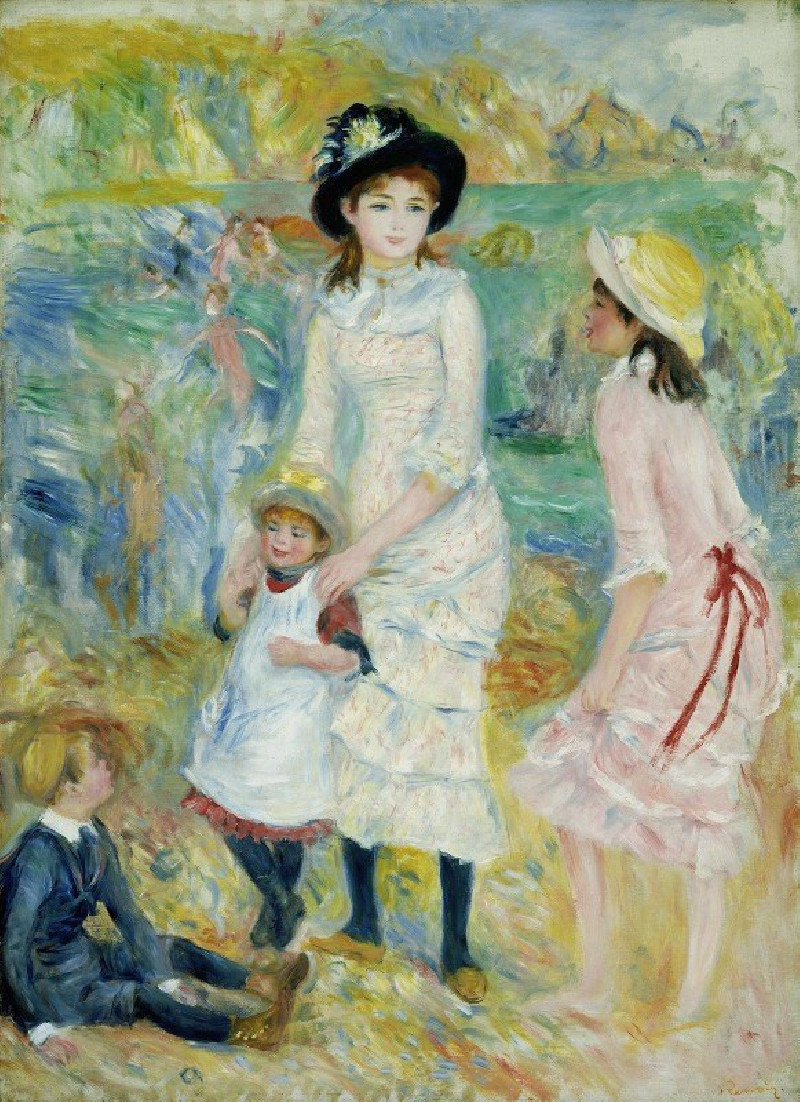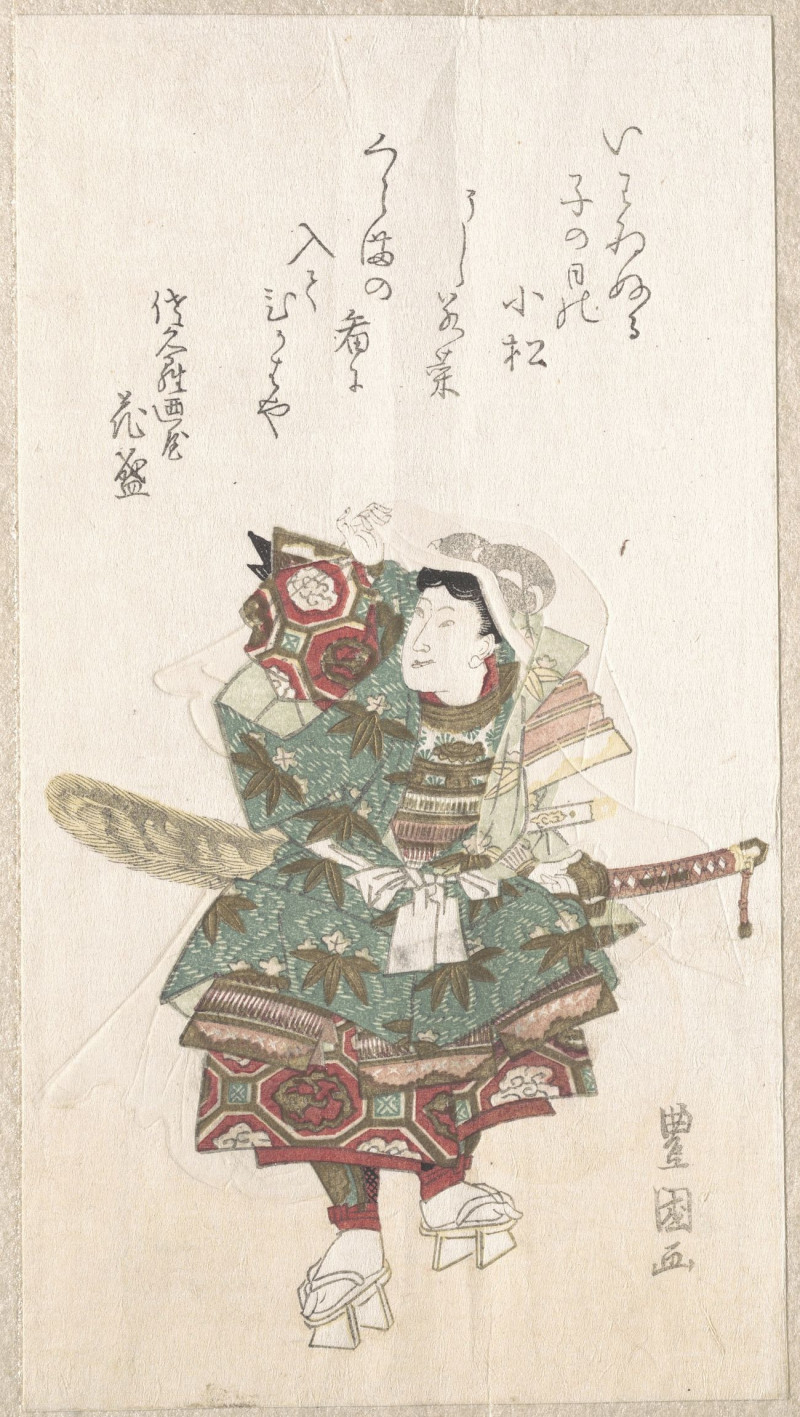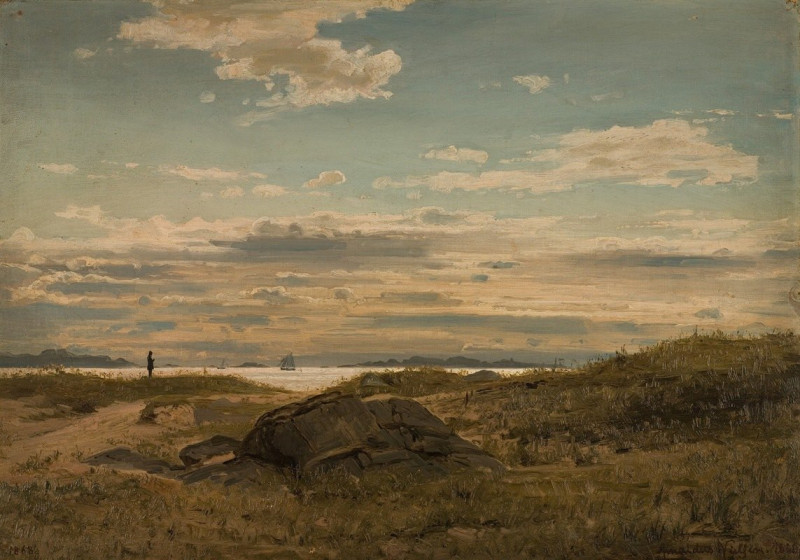Harlem River (circa 1913-15)
Technique: Giclée quality print
Recommended by our customers
More about this artwork
Ernest Lawson's painting "Harlem River," painted circa 1913-1915, vividly captures a panorama of the Harlem River area with an impressionistic touch imbued with dynamic brushwork and a vibrant color palette. This piece provides a visual narrative of early 20th-century life along this bustling New York waterway.The perspective is from a point overlooking the river, portraying a busy but serene scene. The focal point is the river itself, teeming with activity—a small tugboat chugs through the water, emitting puffs of white smoke. Small boats dot the calming blue-green waters, suggesting the daily life and industry of the time.The background reveals a thriving urban scene highlighted by the architectural silhouette of the city. A mix of residential and industrial buildings, painted in muted colors of blues, greens, reds, and earth tones, rise against the skyline, showing the growth and expansion of New York during this period. The interaction between the natural landscape and urban development is masterfully delineated through Lawson's expressive and somewhat rugged brushstrokes.Forefront in the composition are lush riverbanks, where figures can be observed possibly engaging in daily routines or enjoying the river's edge. The various textures and autumnal colors in the vegetation show Lawson’s ability to evoke a sense of place and season."Harlem River" is more than just a depiction of a physical location; it’s a reflection of the dynamic interplay between man, nature, and the burgeoning industrialization of early 20th-century America, rendered beautifully through Lawson’s impressionistic style.
Delivery
Returns
Ernest Lawson (March 22, 1873 – December 18, 1939) was a Canadian-American painter and exhibited his work at the Canadian Art Club and as a member of the American group The Eight, artists who formed a loose association in 1908 to protest the narrowness of taste and restrictive exhibition policies of the conservative, powerful National Academy of Design. Though Lawson was primarily a landscape painter, he also painted a small number of realistic urban scenes. His painting style is heavily influenced by the art of John Henry Twachtman, J. Alden Weir, and Alfred Sisley. Though considered a Canadian-American Impressionist, Lawson falls stylistically between Impressionism and realism.

